Charles Quest-Ritson: 'I'm always amazed by the codswallop that garden experts write'
Charles Quest-Ritson takes aim at some of the gardening advice that constantly does the rounds despite being complete nonsense.
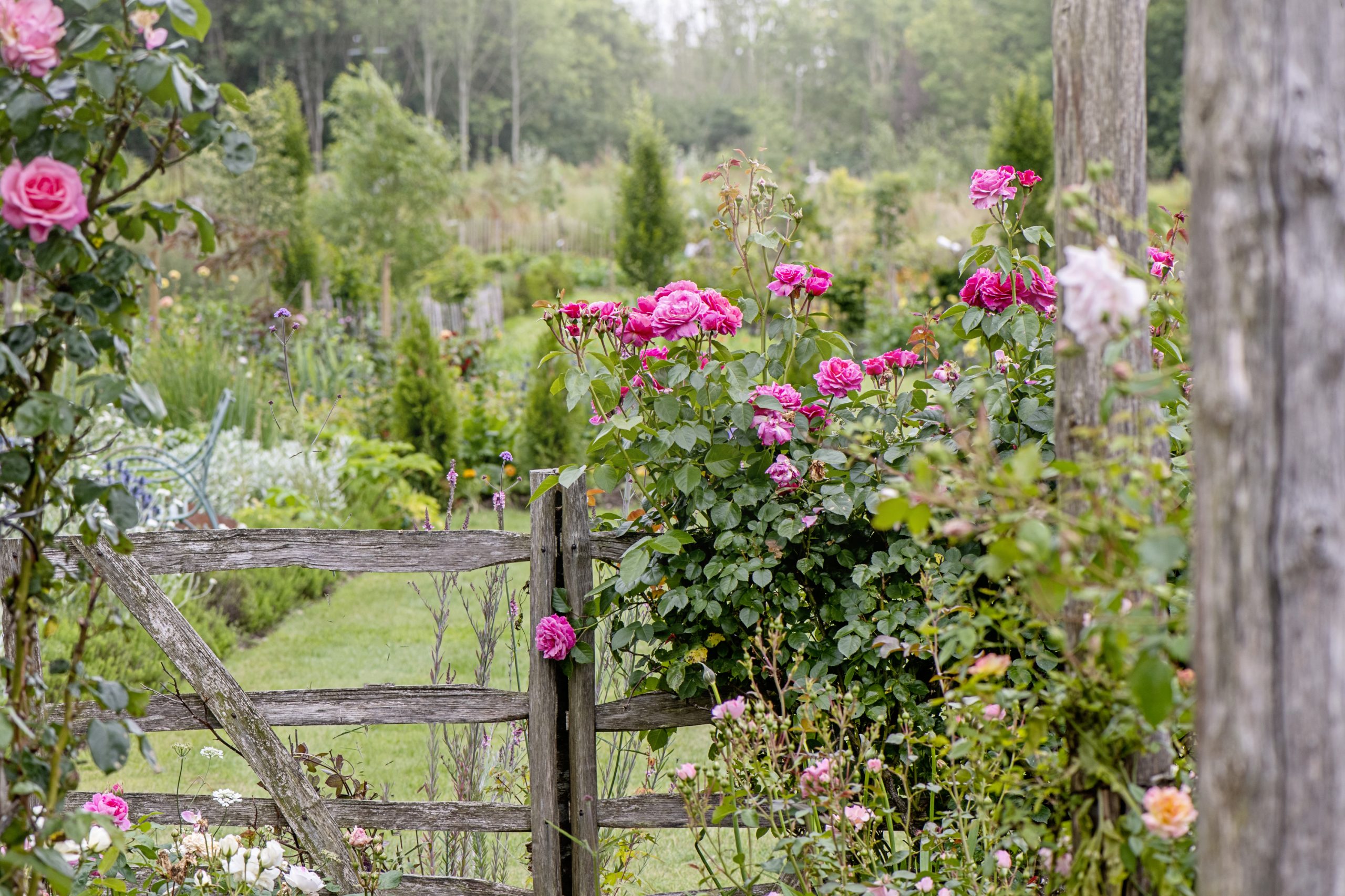
I am always amazed by the codswallop that garden experts write — ponderous statements of fact that I know from my own experience to be complete bunkum.
Here’s an example: ‘Never water plants in sunshine because you’ll scorch the leaves.’
Utter nonsense.
Here’s another: ‘Plant garlic among your brassicas to scare away aphids and cabbage-white butterflies.’
Try it if you wish, but it doesn’t work. Nor do marigolds.
The truth is that aphid infestations vary enormously from week to week and garden to garden. You never know whether or when one will turn up. Some years, I find very little greenfly activity; at other times, it arrives when I least expect it. Last year, blackfly attacked a mass of thistles that I had forgotten to pull out, but ignored my roses almost completely. And, for the record, caper spurges — Euphorbia lathyris — do not repel moles.
‘Finish planting tulip bulbs before the end of November.’
Sign up for the Country Life Newsletter
Exquisite houses, the beauty of Nature, and how to get the most from your life, straight to your inbox.
Well, mine never go in before January, because otherwise I find that winter wet will rot them off.
‘Always split herbaceous plants immediately after they have flowered.’
Not so — I find they all do best in October, because the soil is still warm and moist enough to get them established.
‘Wash out your empty flowerpots — clay or plastic — so that you do not transmit disease.’
This can only be true if the previous occupant of the pot succumbed to a soil-borne fungal infection, but, if that’s the case, it’s best to throw away the pot.
Even the great and the good talk nonsense from time to time. Recently, in the RHS’s flagship publication, The Garden, I found a list of roses that would flourish in shade. Heaven knows how the authors assembled the list — or why the editors did not question it — but there was nothing to distinguish the roses from any other Hybrid Teas or Floribundas.
The fact is that no garden roses whatsoever will fare well in shade. They may survive — just about — but you will see little in the way of flower.
Here is the proof: if you plant a climbing or rambling rose to grow up into a tree, it won’t flower properly until it has reached the top of the tree and can benefit from direct sunlight.
The only rose that is naturally adapted to growing in the shade is our native Rosa arvensis, Shakespeare’s musk rose. But it, too, flowers better in sun.
In any case, there is a price to pay for planting roses under trees. ‘Plant a climbing rose to beautify an old apple tree’, people say. I’ve done it myself often enough, planting ramblers up old apple and plum trees, but, five years later, when they have smothered their hosts with a mass of leaves and branches, the autumn gales blow and their combined weight brings down the whole tree.
What should you do about bindweed? Spray the emerging shoots (if you can see them) with neat glyphosate (if you can buy it), because it’s systemic and will go down to the roots and kill them. Not in my experience: I find that the shoots look sorry for themselves for a few days and then resume their growth. Meanwhile, some of the spray has drifted onto the plants I want to save from bindweed’s embraces, so they expire, but the bindweed doesn’t.
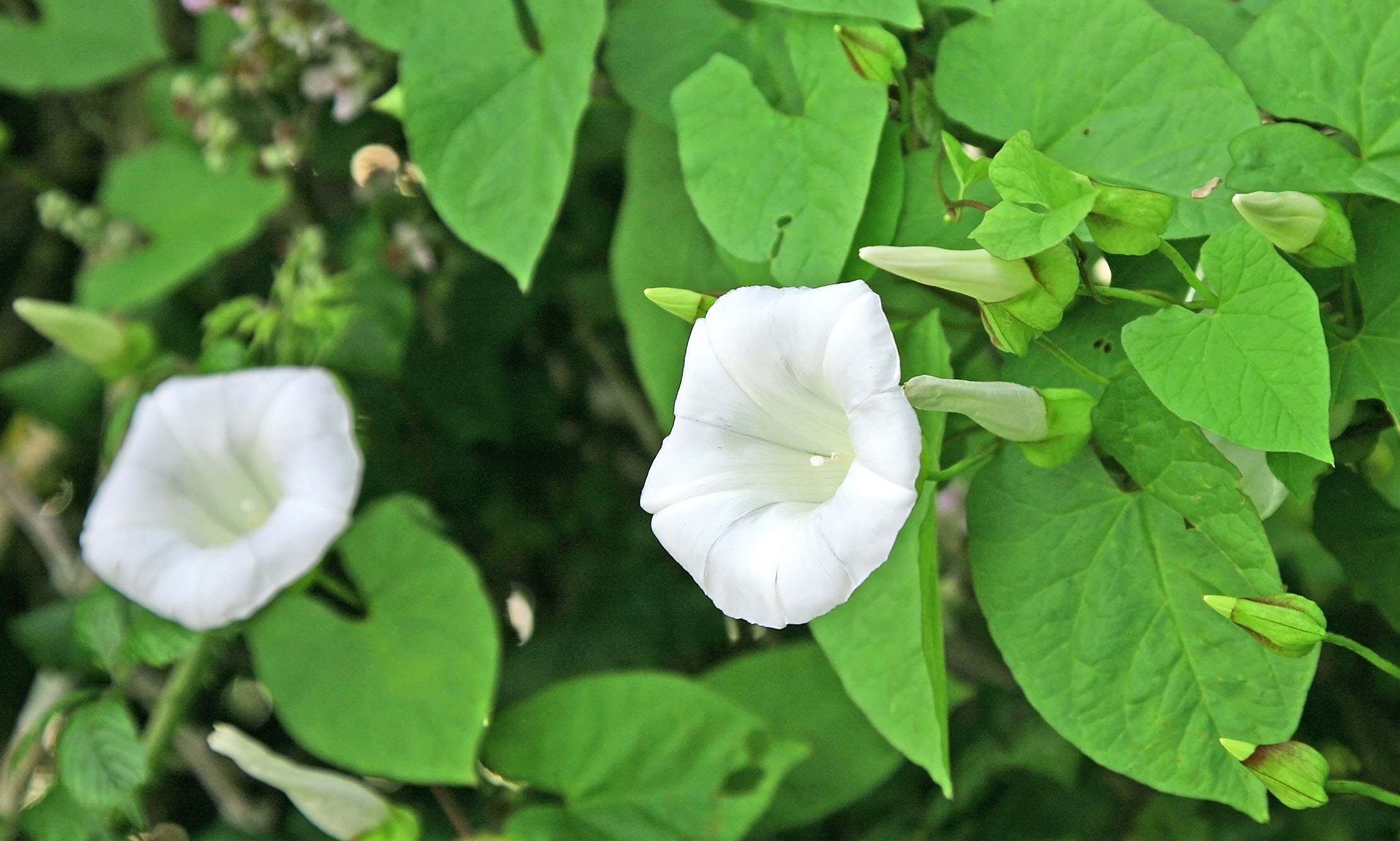
Right plant, right place? Too many know-alls who do not have personal experience of growing plants will pass on second-hand advice that they copy from earlier pundits.
Don’t plant witch hazels or their close relations on chalky soils. They need deep, rich soils with a pH of 6 or less. That means I cannot grow hamamelis, fothergillas or parrotias on my thin, south-facing garden in the Itchen Valley. But my neighbour, on the same chalk slope as mine, has one of the oldest and largest parrotias in Britain in his park, just beyond my boundary.
How can this have happened? The usual way, when you plant a chalk-hater, is to dig a big hole, fill it with imported soil with a low pH and watch its roots grow and spread, over the years, beyond the imported soil and into the chalk, with no ill effects. It works with magnolias, too.
Now let me give you a counter-cultural piece of advice that is based on my own experience. What can you do if your garden is ‘on show’ for any reason — perhaps because you open it for the National Garden Scheme or the village fête — and you are worried that it looks a bit of a mess? Concentrate on the front of the border. Edge it neatly and weed it carefully for the first three or four feet. You will find that people don’t notice the nettles at the back of the border.
They look only at the front part and not at the rest. In the unlikely event that their sharp eyes do spot the nettles and your visitors are so rude as to comment on them, tell them that your nettles are a real plantsman’s speciality — a non-stinging form — and invite them to feel the leaves for themselves.
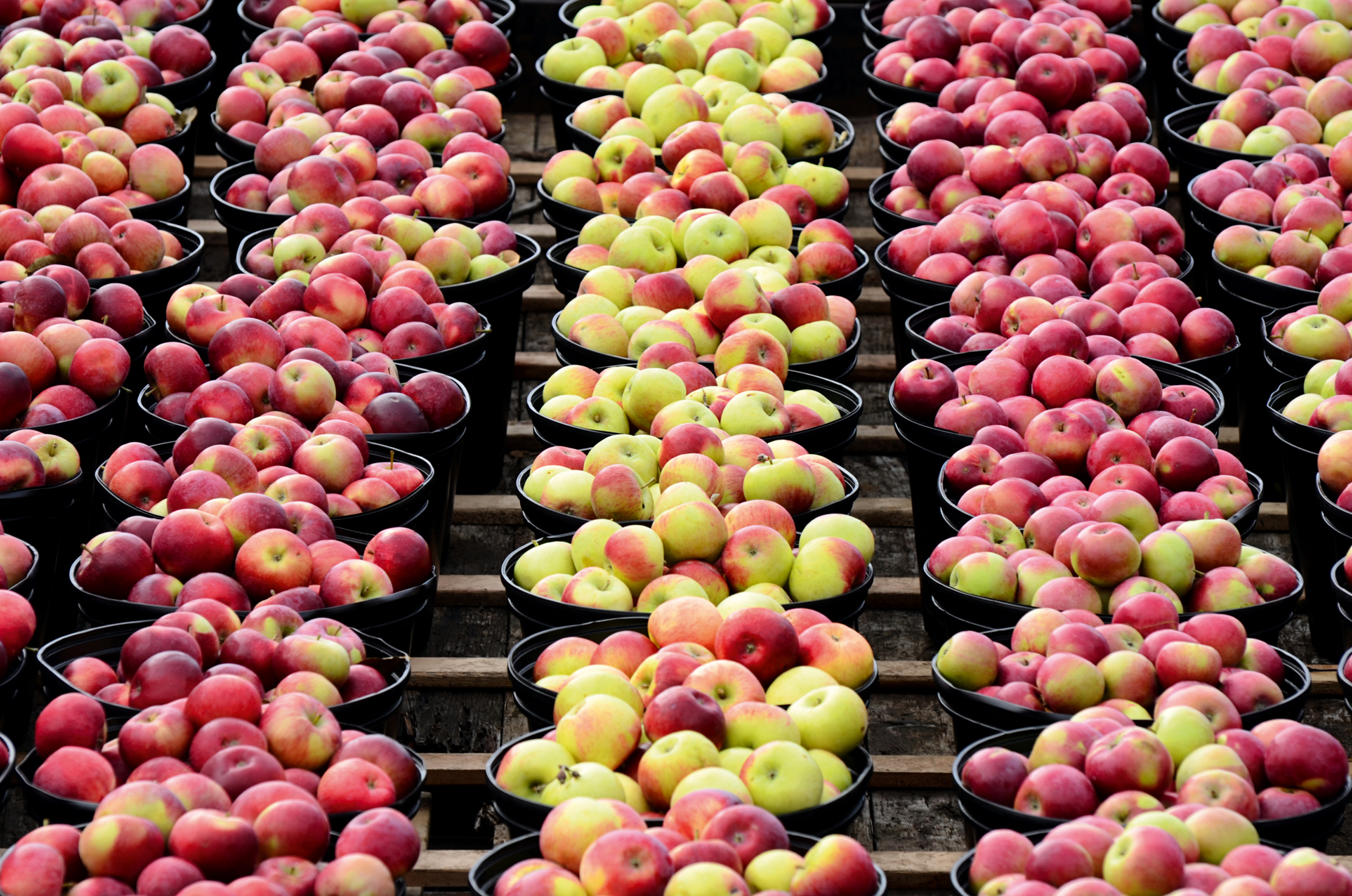
Credit: Getty Images/iStockphoto
How to choose and appreciate your apples with the same care you'd use for a decent bottle of wine
Charles Quest-Ritson loves apples — but laments the fact that we simply don't have the same vocabulary to describe the fruit
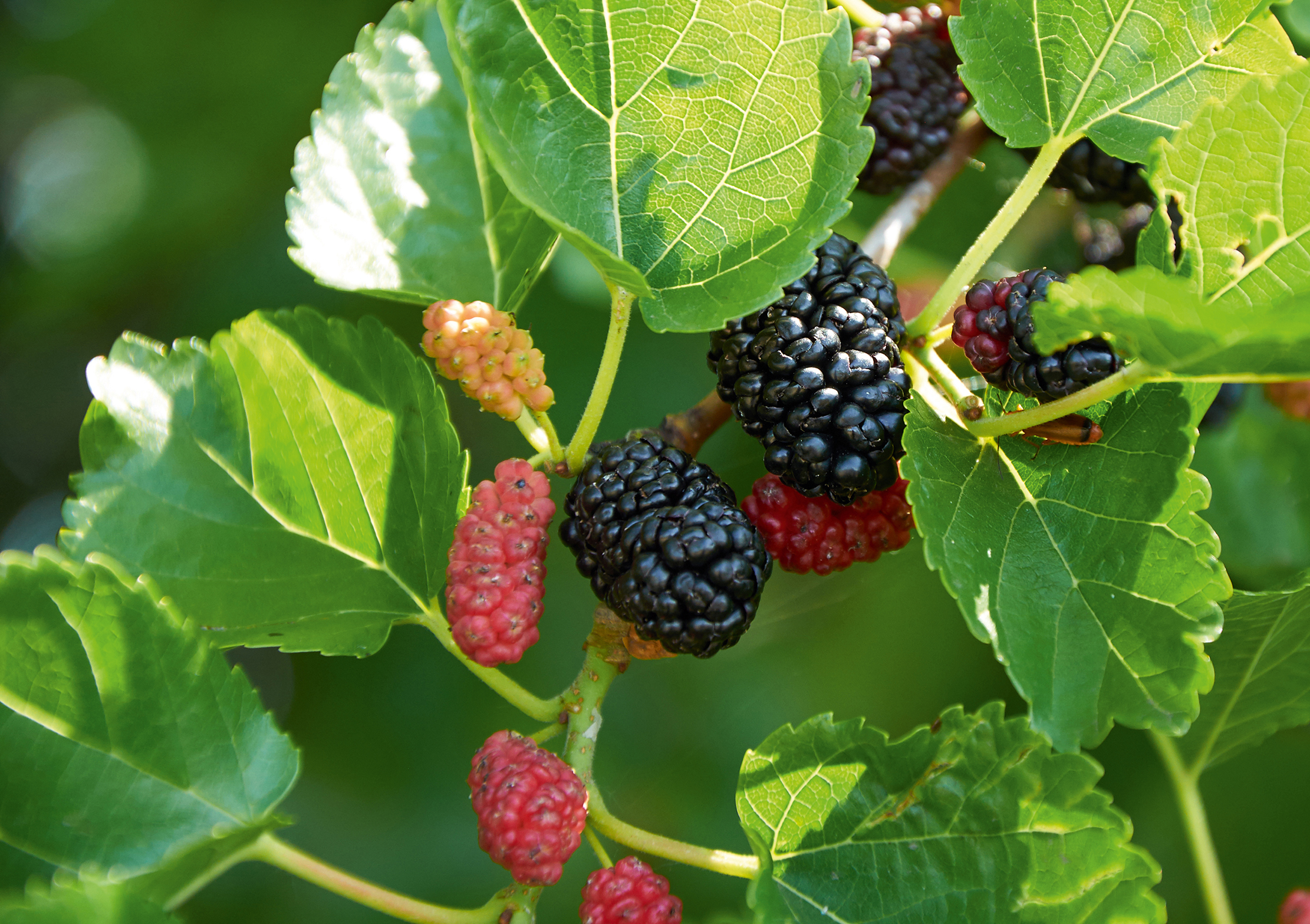
Credit: Syaber / Getty
Mulberries: Firmer than a blackberry, juicier than a raspberry, and squirtier than any other fruit
Charles Quest-Ritson lavishes praise on the all-too-easily-overlooked mulberry, and explains how to grow them in your garden. You'll thank him.

Credit: Alamy Stock Photo
Why you should plant a woodland garden

Credit: Alamy
The truth about bees: 'I'm a hopeless fan... but plants are cleverer than insects. They have to be.'
Charles Quest-Ritson looks at the fascinating interplay of plants and their pollinators, explaining how what really goes on in your
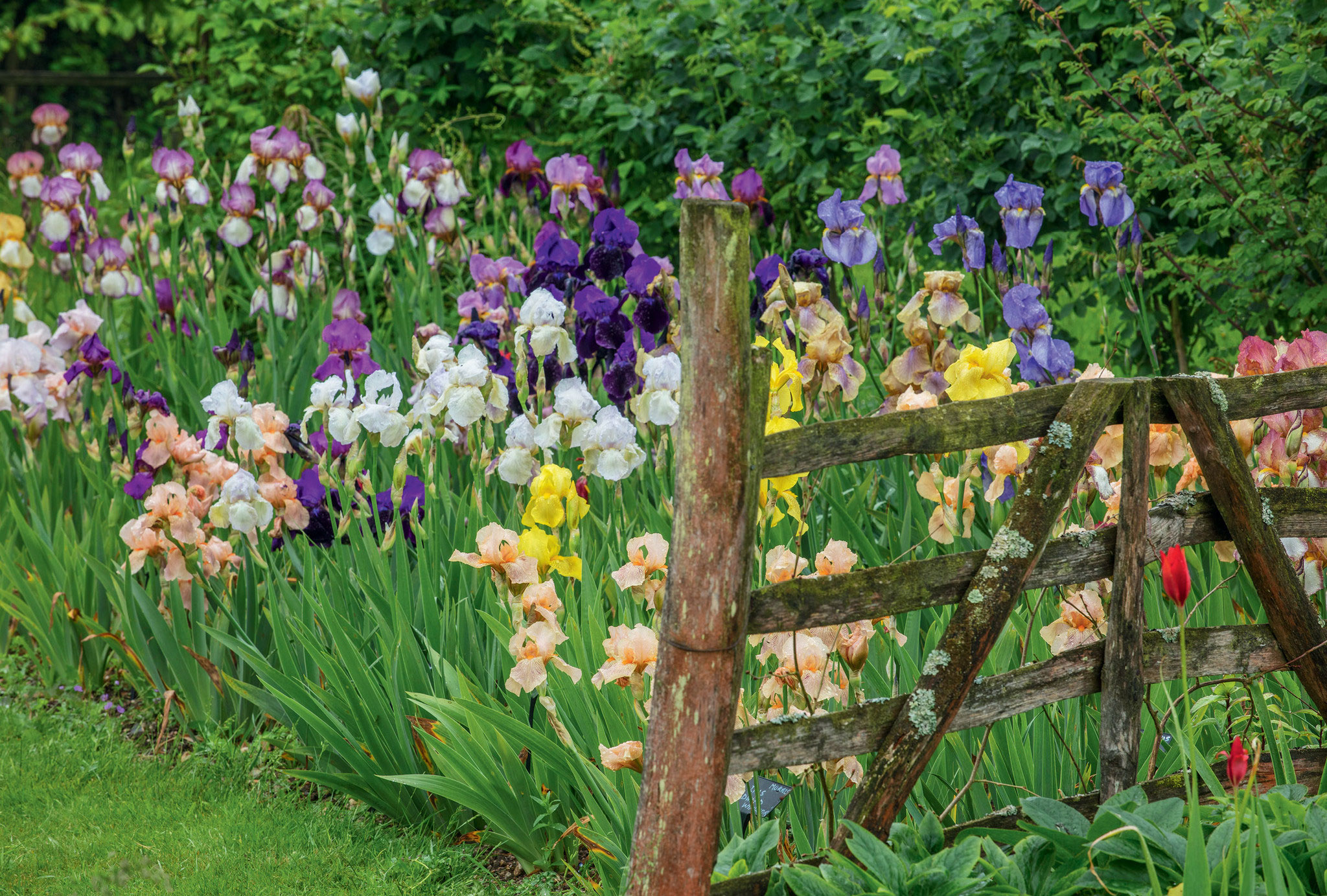
Why every garden needs an iris (and why there's an iris for every garden)
Charles Quest-Ritson on the irises to plant, the ones you'll never manage to grow in Britain, and the ones to
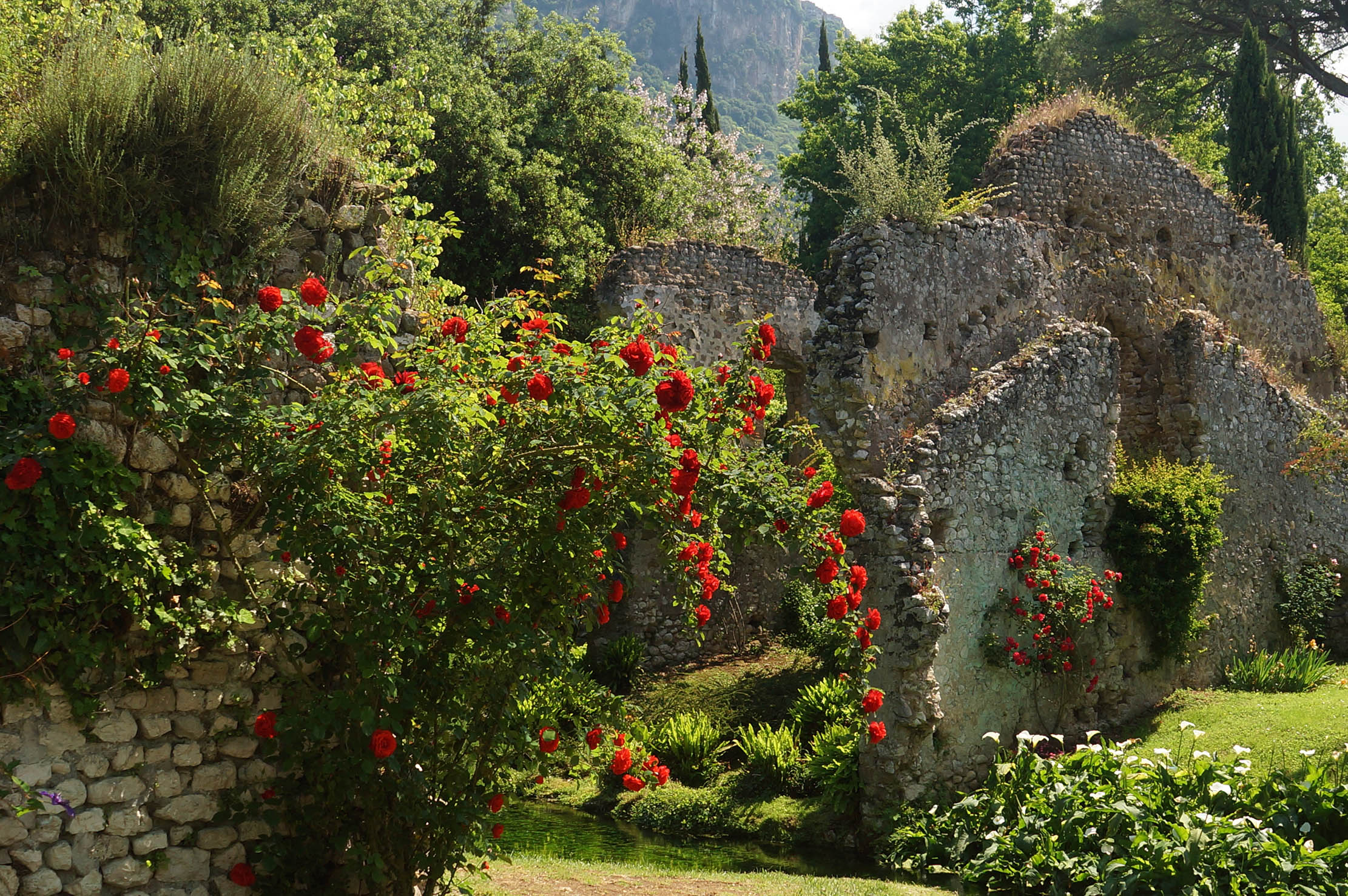
How some of the finest 'English' rose gardens are in the hills of Lazio and Umbria
Gardeners like plants that do well for them and, for the Italians, there is no flower more adored than the
Charles Quest-Ritson is a historian and writer about plants and gardens. His books include The English Garden: A Social History; Gardens of Europe; and Ninfa: The Most Romantic Garden in the World. He is a great enthusiast for roses — he wrote the RHS Encyclopedia of Roses jointly with his wife Brigid and spent five years writing his definitive Climbing Roses of the World (descriptions of 1,6oo varieties!). Food is another passion: he was the first Englishman to qualify as an olive oil taster in accordance with EU norms. He has lectured in five languages and in all six continents except Antarctica, where he missed his chance when his son-on-law was Governor of the Falkland Islands.
-
 'To exist in this world relies on the hands of others': Roger Powell and modern British bookbinding
'To exist in this world relies on the hands of others': Roger Powell and modern British bookbindingAn exhibition on the legendary bookbinder Roger Powell reveals not only his great skill, but serves to reconnect us with the joy, power and importance of real craftsmanship.
By Hussein Kesvani
-
 Spam: The tinned meaty treat that brought a taste of the ‘hot-dog life of Hollywood’ to war-weary Britain
Spam: The tinned meaty treat that brought a taste of the ‘hot-dog life of Hollywood’ to war-weary BritainCourtesy of our ‘special relationship’ with the US, Spam was a culinary phenomenon, says Mary Greene. So much so that in 1944, London’s Simpson’s, renowned for its roast beef, was offering creamed Spam casserole instead.
By Country Life